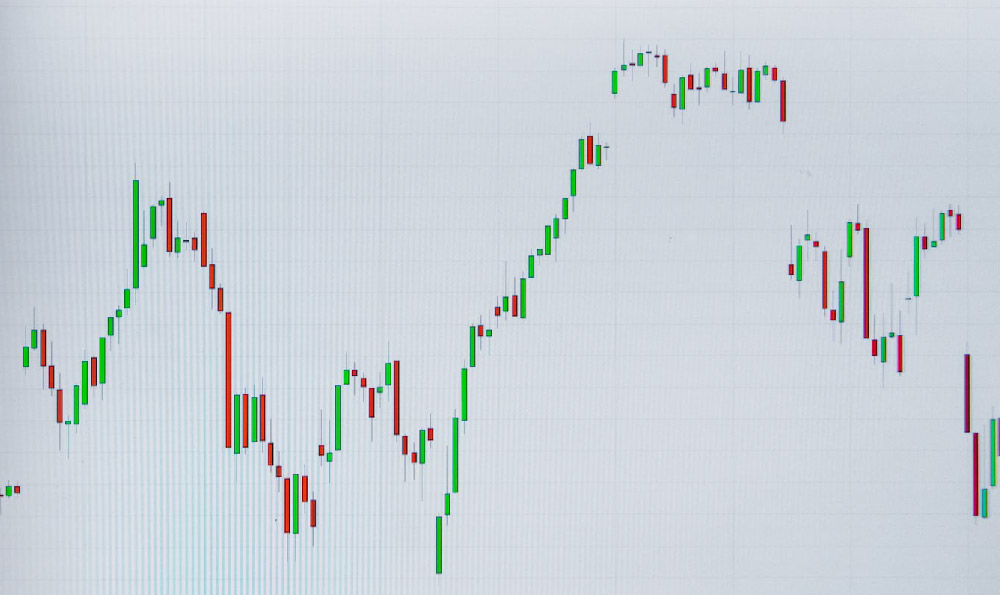Okay, here's an article exploring the S&P 500 Index as an investment option, written to be informative, comprehensive, and engaging. I've avoided a point-by-point structure and kept it conversational while covering key considerations.
``` The S&P 500. It's a phrase you've likely encountered if you've even brushed against the world of investing. It's constantly referenced in financial news, touted by investment advisors, and forms the bedrock of countless retirement portfolios. But what is the S&P 500, and more importantly, should you invest in it?
Essentially, the S&P 500 is a stock market index that tracks the performance of 500 of the largest publicly traded companies in the United States. It's widely considered to be one of the best single gauges of large-cap U.S. equities, providing a comprehensive snapshot of the overall health and performance of the American stock market. When people say "the market is up," they often mean the S&P 500 has increased in value.

Investing in the S&P 500 isn't about picking individual stocks; it's about buying into a broad representation of the U.S. economy. This inherent diversification is one of its strongest appeals. By investing in an S&P 500 index fund or ETF (Exchange Traded Fund), you’re effectively owning a small slice of hundreds of different companies across various sectors, including technology, healthcare, finance, consumer discretionary, and more. This diversification significantly reduces your risk compared to investing in individual stocks, where the fortunes of your investment hinge entirely on the performance of a single company. If one company within the S&P 500 falters, its impact on your overall investment is minimized by the performance of the other 499.
Historically, the S&P 500 has provided solid returns for investors. While past performance is never a guarantee of future results, the long-term trend has been upward, rewarding those who have stayed invested through market volatility. The average annual return over the long run (spanning decades) has typically been in the range of 8-10%, though specific periods can certainly vary significantly. The key is long-term. Market downturns are inevitable, and the S&P 500 will experience periods of decline. However, historically, it has always recovered and continued to grow over time.
Now, let's consider how you can invest in the S&P 500. The most common and generally recommended method is through index funds or ETFs. These investment vehicles are designed to track the performance of the S&P 500 as closely as possible.
-
Index Funds: These are mutual funds that hold all (or a representative sample) of the stocks in the S&P 500, weighted according to their market capitalization (the larger the company, the larger its weighting in the fund). Index funds are typically passively managed, meaning there isn't a fund manager actively trying to "beat" the market. This passive management generally translates to lower expense ratios (the fees charged to manage the fund), making them a cost-effective way to invest in the S&P 500.
-
ETFs (Exchange Traded Funds): ETFs are similar to index funds in that they track the S&P 500. However, they trade on stock exchanges like individual stocks, meaning you can buy and sell them throughout the day. ETFs often have even lower expense ratios than index funds, making them an attractive option. They also offer greater flexibility in terms of trading, as you can place limit orders and stop-loss orders, which can be helpful for managing risk.
When choosing between an index fund and an ETF, consider your investment style and preferences. If you prefer the simplicity of buying and holding a fund for the long term, an index fund might be a good choice. If you want more flexibility in trading and potentially even lower fees, an ETF might be more appealing.
Before diving in, it's crucial to consider your personal financial situation, risk tolerance, and investment goals. Investing in the S&P 500, while generally considered a relatively safe investment for the long term, still involves risk. You could lose money if the market declines. Therefore, it's important to have a diversified portfolio that aligns with your individual circumstances.
Ask yourself these questions:
- What is my investment timeline? If you have a long time horizon (e.g., decades until retirement), you can generally tolerate more risk. The S&P 500 is best suited for long-term investors who can weather market fluctuations.
- What is my risk tolerance? Are you comfortable with the possibility of losing money in the short term? If you are risk-averse, you might want to allocate a smaller portion of your portfolio to the S&P 500 and invest in more conservative assets like bonds.
- What are my financial goals? Are you saving for retirement, a down payment on a house, or something else? Your investment strategy should be tailored to your specific goals.
Investing in the S&P 500 is a powerful way to participate in the growth of the American economy. It offers diversification, historically solid returns, and ease of access through index funds and ETFs. However, it's not a magic bullet. It's essential to understand the risks involved, consider your individual circumstances, and have a well-defined investment strategy. It's always a good idea to consult with a qualified financial advisor who can help you make informed decisions based on your specific needs and goals. Before making any investment decisions, conduct thorough research and understand the potential risks and rewards. ```












